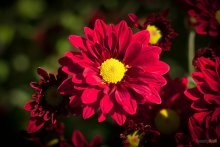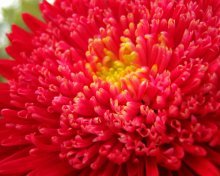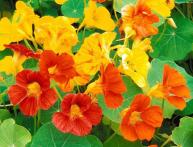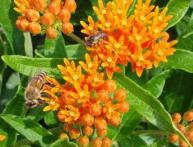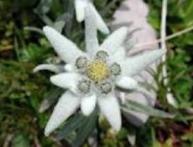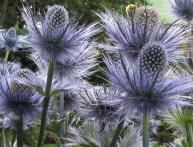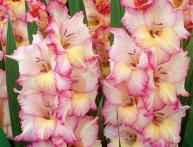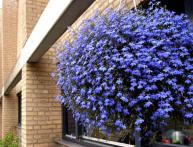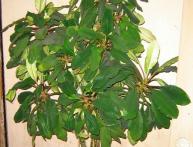Autumn flowers: popular varieties of autumn flowers and the basics of caring for them
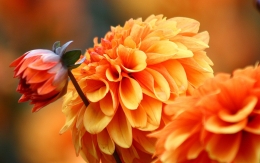
Despite the fact that in autumn nature takes a break from the riot of colors and splendor of flowers, a variety of flowers still begin to bloom in some gardens. They are also popularly called autumn-blooming. Since it is still warm in September, this allows flowers such as: aster, gerbera and begonia.Aster. These flowers are also called callistephus.
Among these plants, there are tall and short species. Therefore, their height ranges from 20 to 150cm. The aster begins to bloom in April and continues until late autumn. Species such as the New England aster retain their color right up to frost. Autumn-flowering varieties are usually very tall and branched.
Content:
- Planting and propagation of aster
- Planting and propagation of gerbera
- Rules for caring for begonia
- What flowers grow in October?
- Pests and diseases of snapdragon
- Useful properties of colchicum
Planting and propagation of aster
Asters are considered very light-loving flowers, so for planting them you need to choose well-lit areas. If perennial varieties are planted, they can grow in one place for five years. Based on the type of flowers, they are planted according to a 20x30 or 50x80 pattern. As for caring for plants, it consists of periodic loosening and watering.
Also, when weeds appear between the rows, they must be weeded.Flowers can be propagated either by seeds or by dividing bushes. Propagation by seeds does not always give good results, because the seedlings are very weak. To preserve the varietal characteristics of flowers, it is better to divide them into bushes. For division, bushes are selected that have grown in one place for at least five years. Autumn flowers should be divided and replanted exclusively in the spring season.
Gerbera belongs to the Asteraceae family and has about 70 species. Basically, gerberas are grown in pots. Flowering of this plant begins in early spring and lasts until late autumn. The average height of flowers is about 30cm. There are many shades of plants: from classic white to dark red.
Planting and propagation of gerbera
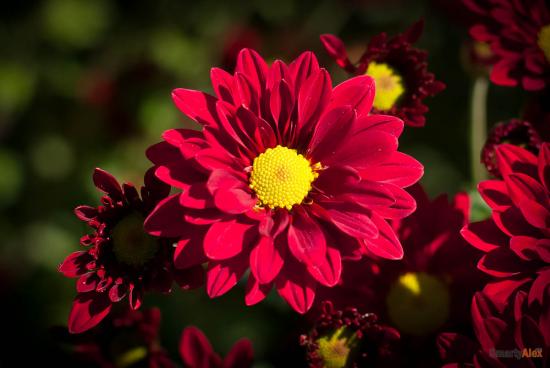
Gerberas are planted in a pot with pre-prepared soil. The ideal soil composition would be a mixture of peat, sand and leaf soil. The soil must be drained, so you need to use expanded clay. During its growth, the flower must be watered regularly, as it may not withstand drying out.
Watering should be carried out in such a way that water does not fall on the leaf plate of the plant. Also, once every two weeks you need to feed the gerbera with mineral fertilizers. Gerbera propagates seeds and dividing bushes. The last method of reproduction is considered the simplest, so it has become very widespread.
For division, bushes of three years of age are selected and divided into several parts, with two young leaves on each. It is advisable to shorten the roots of the plants by about 10 cm. As for propagation by seeds, it is necessary to start sowing them in January-March. The sowing depth should be no more than 3 mm.To ensure maximum seed germination, the temperature during sowing should not be less than 18 degrees.
Begonia. Tuberous begonia is a herbaceous plant with luxurious rose-shaped flowers. There are many different varieties of begonias available in a wide variety of shapes, sizes and flower configurations. The peculiarity of these flowers is the presence of a thickened rhizome, the diameter of which is about six centimeters. Flowers are propagated by dividing tubers and seeds. Sowing seeds should be done under glass.
Rules for caring for begonia
With the onset of autumn, begonia tubers increase in size and flowering begins to gradually stop. After the stems die, they need to be carefully cut off. The tubers are quite frost-resistant, so when the first frost appears, they will not be damaged.
In winter, young begonias should be stored in a bright and cool room, while adults should be stored in a dry room.
In the autumn season, watering the flower should be moderate. Water for irrigation should be soft and settled. To maintain optimal humidity, a pot with begonia can be placed on a tray with wet peat and moss.
What flowers grow in October?
The weather in October is very cold, many flowers have already faded, so gardeners try to prolong flowering as long as possible. Snapdragon will help continue the summer fairy tale. These are perennial flowers with about fifty species. The height of the flower stems ranges from 15 cm to one meter.
The flowers have a large two-lipped shape, with simple or double inflorescences. The fruits of snapdragons are presented in the form of a two-cell multi-seeded box.Flowering of this plant begins in June and ends with the onset of the first frost.
Pests and diseases of snapdragon
The most common peststhat affect the plant are blackleg, septoria and root rot. Flowers infected with these diseases must be immediately removed from the area. And the soil on which these plants grew must be treated with antifungal agents.
As for pests, scale insects and butterflies that can lay eggs are dangerous for snapdragons. To prevent flowers from becoming infected, you must always adhere to the basic rules of care and prevent plants from being close to each other.
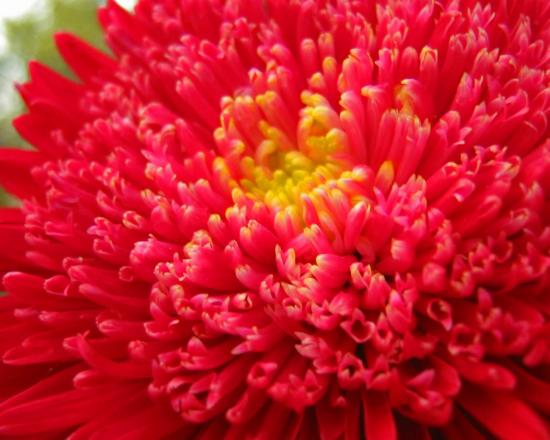
Colchicum. This is a perennial poisonous plant belonging to the Colchicum family. This flower got its name from the fact that in the spring it has leaves that die off with the arrival of summer, and in the fall it begins to bloom.
The plant has fairly large leaves, the width of which is about three centimeters. In the summer, the flower is in a state of vegetative dormancy. Colchicum blooms from September to October. The plant has about three large flowers. This plant reproduces by seeds and daughter bulbs. Colchicum should be planted in the spring, preferably in a sunny area.
Useful properties of colchicum
Colchicum is considered a medicinal plant, so it is used in folk medicine. Since the plant contains a lot of poison, it is used in the manufacture of various pharmacological drugs. Colchicum is also included in medicinal tinctures and ointments.
The corm of the flower has chemicals such as: alkaloids (colchamine and colchicine), sugars, flavonoids and aromatic acids. Tinctures and ointments based on colchicum can have analgesic, diuretic and antiemetic effects.
Video about autumn flowers on the site:

